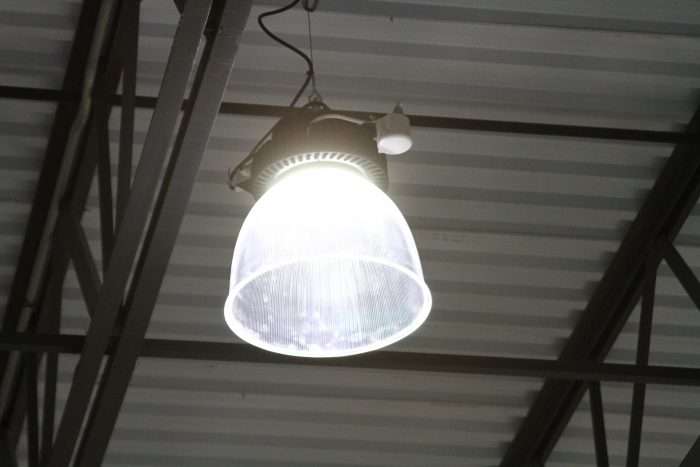Installing LED lights can drastically improve a facility’s energy consumption and overall efficiency. Having realistic expectations about the impact of an LED light project, whether it’s a new installation or a conversion project, can help when you are considering a new project and when you are evaluating the success of a completed project.

Because every project and application is vastly different, it is impossible to provide a detailed answer that will cover each situation. However, regardless of how they are being used, LED lights are more energy-efficient than other lighting options. On average, they use up to 80 percent less energy than incandescent, compact fluorescent lamp, and other fluorescent lighting.
Likewise, LED lights have lower maintenance and disposal costs than other lighting options. LED lights contain no pollutants and are much easier to dispose of than CFLs, which contain hazardous mercury.
Even within LED lighting, there are different options that will affect replacement costs for a facility or warehouse. The cost of replacing the light within a high-bay fixture will be different than the cost of replacing the light in a commercial or residential application. Regardless of which LED fixture you need for your setting, an LED light will give you a longer lifespan and you can expect that an LED light will have a lifetime of 50,000-hours on average.
Calculating the return on investment
There are numerous ROI calculators available for LED lighting projects and conversions. If you use an online calculator or do it the old-fashioned way with a pencil and paper, there are facts and data that you will need to know. To calculate an accurate figure, you will need to know the wattage of existing fixture or bulb, the wattage of the new LED fixture or bulb, energy cost (in kilowatt-hours), hours of operation, and maintenance/installation/disposal costs. It is also helpful to know what rebates may be available to you. Additional information may be needed to calculate more specific results depending on your setting.
